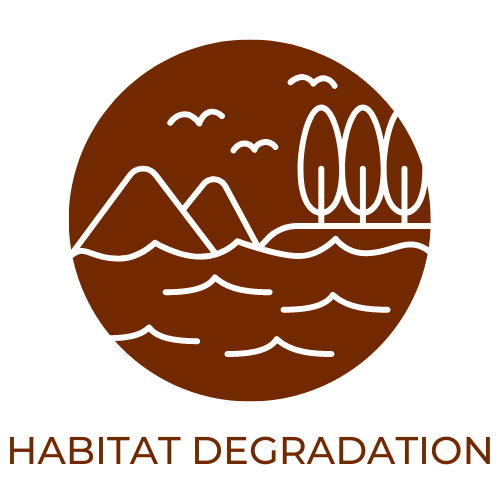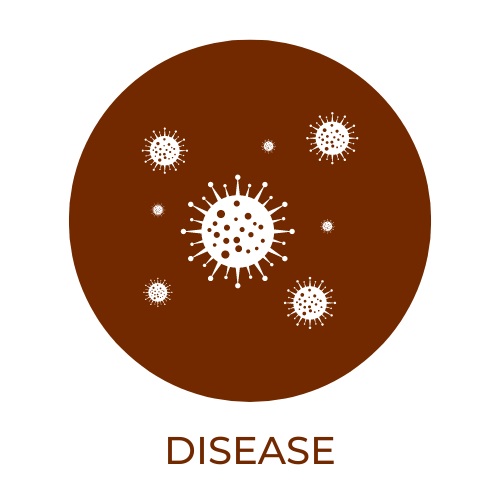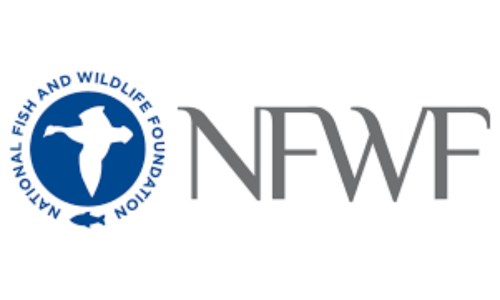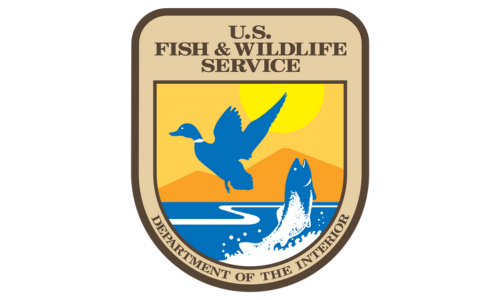Long-term Nest Monitoring
About the Program
Monitoring raptor populations is a long game, and we’ve been monitoring Golden Eagle nests in Utah since 1998. Here at HawkWatch International, we try not to put too much emphasis on what happens in any particular year, given the fluctuations that can happen due to a wide variety of conditions like drought, fire, prey populations, and more. Based on migration count and nest data, however, declines in Golden Eagle populations are undeniable. Each nesting season we monitor the survivorship of nestlings through repeated surveys of nests, banding nestlings, and taking general morphological measurements. We have also collected more intensive data on contaminants through blood sampling, measured parasite loads, mapped diet through camera traps, and tracked post-fledge movements through backpack transmitters.
Program Highlights
Future of the Program
Over the last two decades, this project has expanded and grown in many ways. Through this work, we began two offshoot projects (Eagle Vehicle Strike and Winter Feeding) to mitigate the threats we discovered through this work. Most recently, we have expanded this program through the Ph.D. work of HWI’s Research Associate Dustin Maloney. He is studying multi-stressor impacts on immune function and survival in Golden Eagle nestlings by tracking contaminants, disease, parasites, and diet.
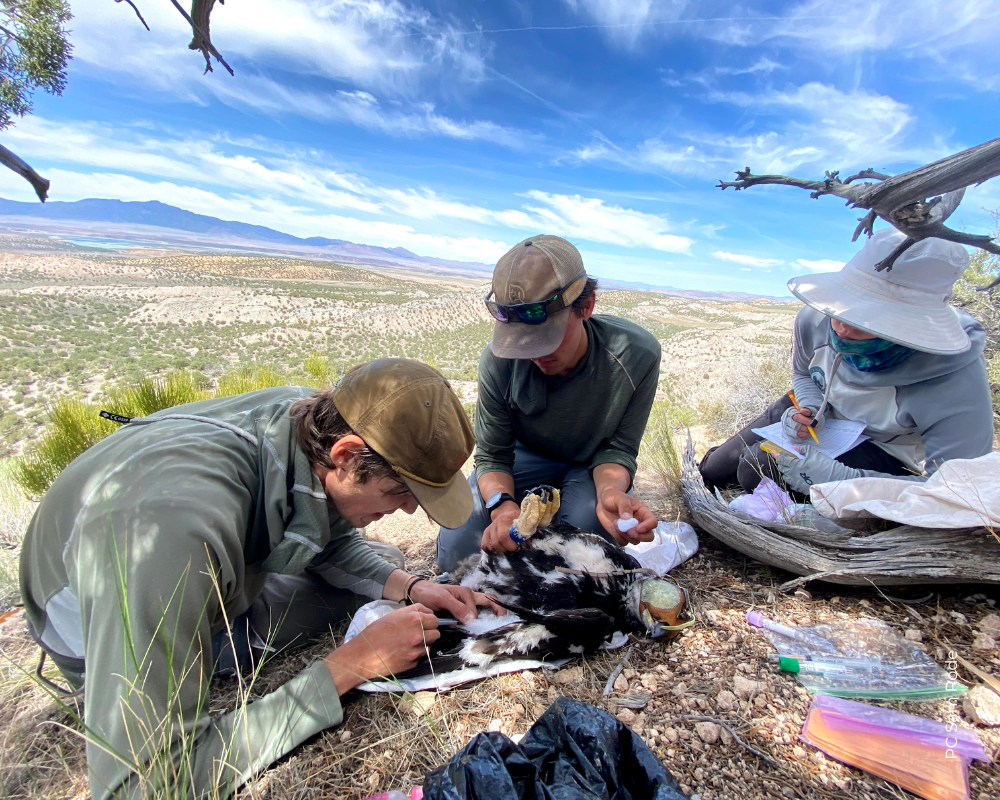
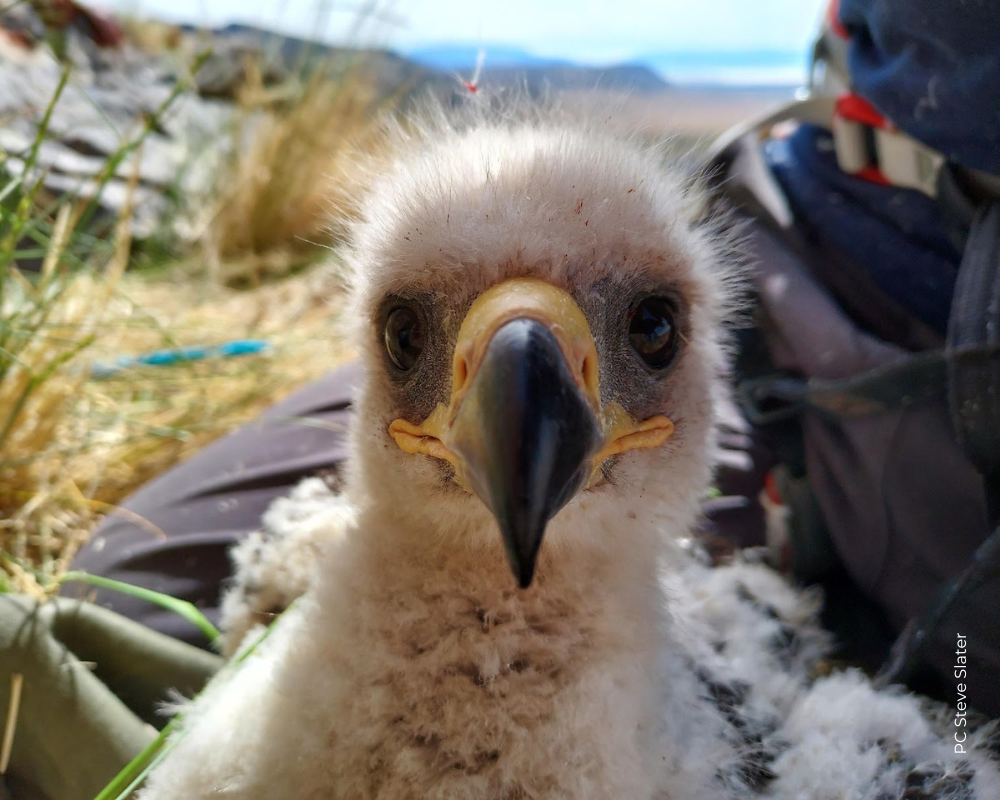
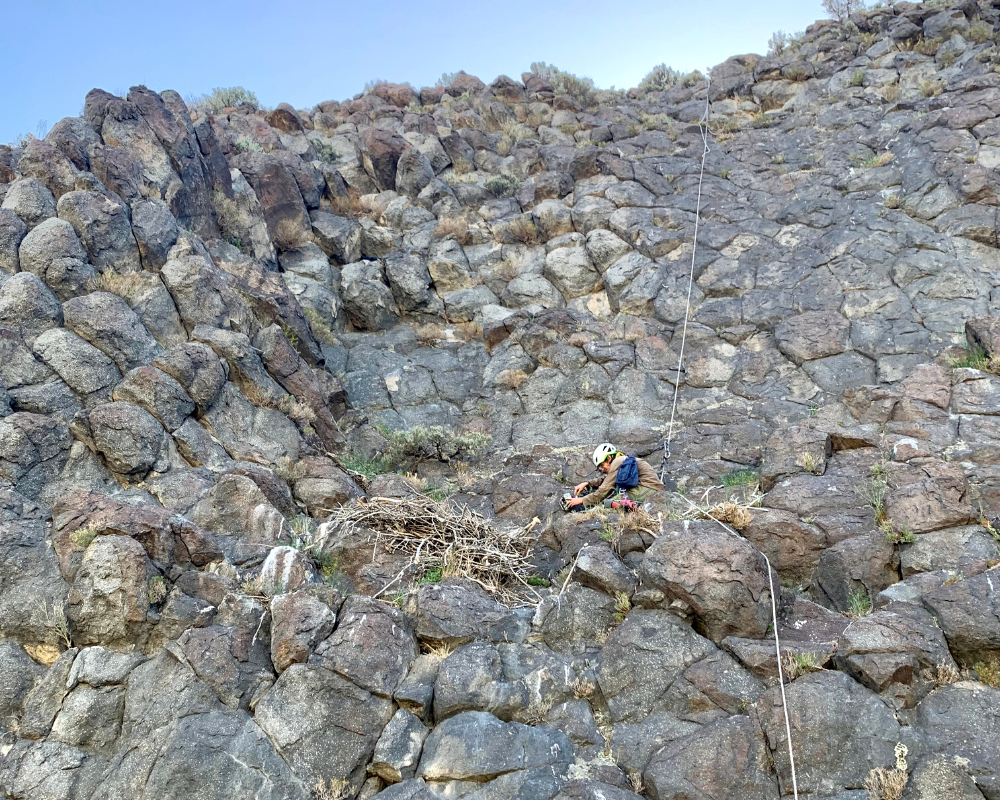
Looking for More Information?
Here’s How You Can Help
Report Banded Eagles: If you’ve seen a color-banded eagle in our study area, report the sighting here.
Be Aware of Nests: When you are outside recreating, be aware of raptor nests. Climbers should also follow route closures during nesting season and provide ample space if they encounter a nest.
Switch Your Shot: Eagles can pass lead onto their nestlings through contaminated prey taken down via lead shot. Switch to non-lead ammunition instead.
Support Long-term Research: Funding for this type of long-term is hard to secure. Make your tax-deductible gift today to support eagle research.
Read More in Our Publications, Reports, and Comments
Millsap, Brian A., Zimmerman, Guthrie S., Kendall, William L., Barnes, Joseph G., Braham, Melissa A., Bedrosian, Bryan E., Bell, Douglas A., Bloom, Peter H., Crandall, Ross H., Domenech, Robert, Driscoll, Daniel, Duerr, Adam E., Gerhardt, Rick, Gibbs, Samantha E. J., Harmata, Alan R., Jacobson, Kenneth, Katzner, Todd E., Knight, Robert N., Lockhart, J. Michael, McIntyre, Carol, Murphy, Robert K., Slater, Steven J., Smith, Brian W., Smith, Jeff P., Stahlecker, Dale W., and Watson, James W.. 2022. Age-Specific Survival Rates, Causes of Death, and Allowable Take of Golden Eagles in the Western United States. Ecological Applications e2544. Read More
Hixson, K.M., Slater, S.J., Knight, R.N. and Lonsinger, R.C. 2021. Seasonal variation in resource selection by subadult golden eagles in the Great Basin Utah Legacy Raptor Project. 2013. Utah West Desert Golden Eagle Management Recommendations. Department of Defense, Legacy Resources Management Program (Project #10–102). Read More
Contact the Team to Learn More
This program is led by our Conservation Science team. To learn more, contact Dr. Steve Slater, Conservation Science Director at sslater@hawkwatch.org.
The Worst Nesting Season in 40 years
Recent nesting seasons have yielded the worst survival rate for nesting Golden Eagles in Utah in the last four decades. Help us paint a better picture for eagles in the years to come.


